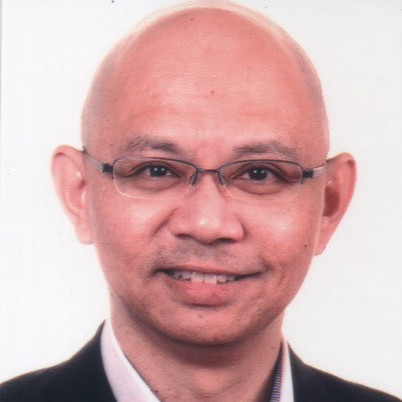Spotlight on South-East Asia
Firstly, what do you make of the mergers we saw between operators across South-East Asia last year?
The big driver behind the mergers is profitability. The pace of technological growth means telcos need to constantly invest in infrastructure to support the latest generations of mobile technology. This can be tough for small operators, so scale is required to make the investment mandated by customers viable from a business point of view. We are currently seeing the merger between Telenor DTAC and True progress in Thailand, and take the merger between Telenor and Axiata in Malaysia, for example. This is a $15bn deal and will give the player an estimated 46-50% market share. As a more prominent company, making investments in rolling out the latest technologies becomes a much more viable business decision. The consolidation we have seen in the region will act as a catalyst to speed up the rollout of technologies like 5G and IoT.
What do you see as the significant trends for the region in 2022?
We'll see telcos build on the foundation laid in 2021 as they use the agility they have gained with mergers to expand and improve network services. Having made significant steps to improve profitability in 2021, the focus for operators will be capitalizing on the benefits that come with being a bigger player. From an infrastructure perspective, this means we will see greater demand for solutions that deliver quick ROI and are designed as future-proof solutions that can evolve with networks. 2021 was a year of securing the future of telcos with drastic changes to the market landscape. We will see telcos move to build on that and deliver the future networks they have promised and their customers' demands in 2022.
Are there any exciting projects that RFS has been involved in?
Asia is forecasted to make up more than 50% of the world's population in the next 30 years, while today South-East Asia makes up about 8.6% of the total world's population. With a growing population that has a median age of 30 years, with 50% residing in urban areas, RFS is playing a crucial role in ensuring seamless communication in the transportation space. We have delivered our market-leading RADIAFLEX® and CELLFLEX® cables to many metro and tunnel projects and remain poised for more projects with the pipeline stretching till 2030.
What will be the focus for RFS in South East Asia over the next 12 months?
For RFS, we will focus on supporting our customers as they look to secure their future. Some of the latest innovations from RFS are perfectly designed to align with the telco priorities of future-proofing their networks. Take the modular APA base station antenna for example. Based on a 'Lego-like’ approach, antenna elements can be switched out and upgraded as networks evolve, giving a genuinely versatile and future-ready solution. We also have innovations that deliver connectivity in-building, in-tunnel, and also offer wireless backhaul. We're looking forward to demonstrating to our operator customers exactly how these solutions can support the aim of building future-ready, profitable networks.
If you’d like to hear more on our work with customers across South-East Asia, please get in touch with Peng Lee Tan, Sales Director for South-East Asia at RFS.


